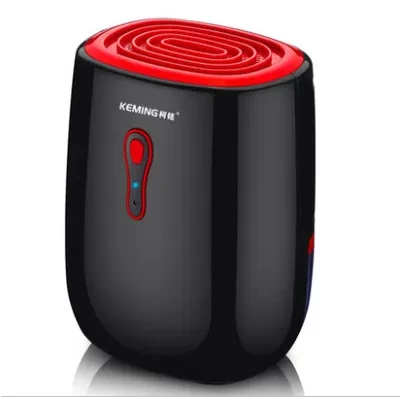
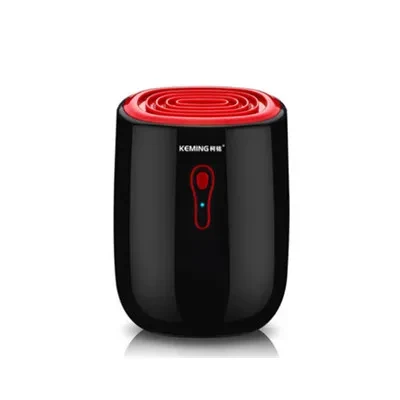
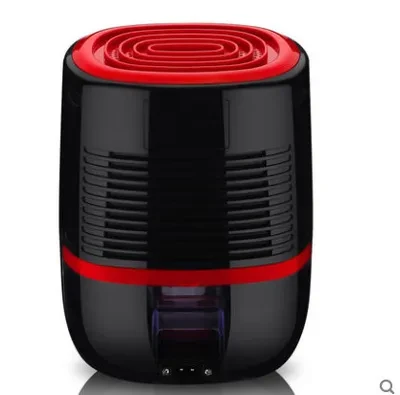
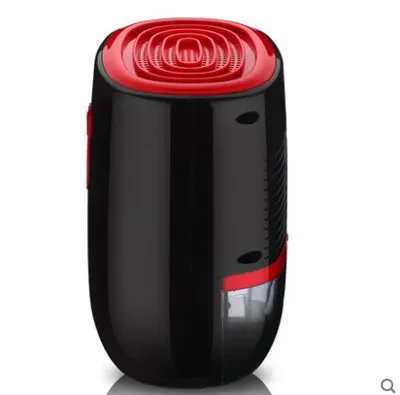
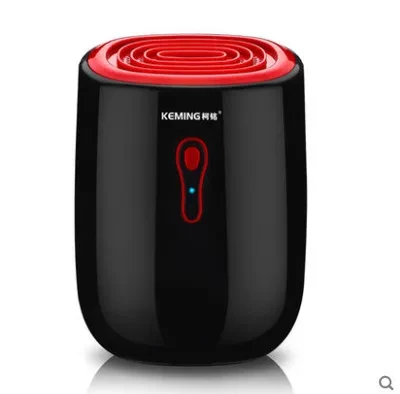
Dehumidifier
Living in New Zealand means embracing diverse climates—from the humid subtropical north to the damp and cooler southern regions. With beautiful green landscapes, coastal breezes, and seasonal rainfall, moisture in the air is something many Kiwi households deal with year-round. That’s why a dehumidifier is not just a luxury—it’s a smart, practical solution for maintaining a healthier, more comfortable home environment.
Whether you live in a humid apartment in Auckland, a coastal home in Tauranga, or a chilly, damp flat in Dunedin, controlling indoor moisture levels is crucial. A dehumidifier works by pulling excess moisture from the air, helping to prevent mould, mildew, condensation, and musty smells. It also makes heating more efficient, protects your belongings, and improves overall air quality—especially important for those with asthma or allergies.
Why You Need a Dehumidifier in New Zealand
New Zealand’s climate often produces high humidity and damp indoor conditions, especially in homes with limited ventilation or insulation. This leads to condensation on windows, mould growth on ceilings or walls, and that telltale musty smell in wardrobes and basements.
A dehumidifier actively reduces the relative humidity in the air, helping to dry out rooms and prevent moisture-related damage. It’s particularly useful in:
- Bedrooms and living rooms that suffer from condensation
- Bathrooms and laundries that stay damp after showers or drying clothes indoors
- Basements, garages, and storage rooms that trap humidity
- Holiday homes and caravans that are left closed up during winter
Key Benefits of Using a Dehumidifier
1. Prevents Mould and Mildew
By reducing humidity, dehumidifiers make it difficult for mould spores and mildew to thrive, protecting walls, furniture, and ceilings.
2. Improves Air Quality
Less moisture in the air means fewer allergens like dust mites and mould, making your home healthier—especially for asthma or allergy sufferers.
3. Reduces Condensation
Tired of waking up to wet windows in winter? A dehumidifier can dramatically reduce window condensation and protect your curtains, sills, and walls.
4. Protects Furniture and Electronics
Moisture damages wood, fabrics, and electronics over time. Dehumidifiers help extend the life of your possessions by keeping humidity in check.
5. Speeds Up Laundry Drying
Perfect for winter, a dehumidifier placed near an indoor drying rack helps clothes dry faster while reducing the room's overall humidity.
6. Makes Heating More Efficient
Dry air heats up faster than moist air, so your heater doesn’t have to work as hard. A dehumidifier can indirectly lower your power bills.
Types of Dehumidifiers Available in NZ
1. Compressor Dehumidifiers (Refrigerant Style)
Best for warm, humid areas like Auckland, Hamilton, and Northland. These use a cooling coil to condense and collect moisture.
2. Desiccant Dehumidifiers
Ideal for cooler areas like Wellington, Christchurch, and Dunedin. These use an absorbent material and are more effective in lower temperatures.
3. Mini or Portable Dehumidifiers
Compact and quiet, these are great for small rooms, wardrobes, bathrooms, or RVs. Lightweight and easy to move, they’re a top choice for smaller households or apartments.
4. Whole-Home Dehumidifiers
Installed into your HVAC system, these are suitable for large homes or buildings. Though less common, they offer consistent humidity control across multiple rooms.
Features to Look For in a Dehumidifier
Humidity Control
Many models allow you to set a target humidity level (e.g., 50–60%), and will automatically turn on and off to maintain it.
Tank Size & Drainage
Choose a tank capacity suited to your room size. Some units also support continuous drainage via a hose, which is useful for long-term use.
Noise Level
For use in bedrooms or living areas, select a quiet unit (under 45 decibels) to ensure minimal disruption.
Auto Shut-off & Timer
For convenience and safety, many dehumidifiers shut off automatically when the tank is full and offer programmable timer settings.
Air Filters
Some models come with washable filters or even HEPA filters, adding another layer of air purification for allergy sufferers.
Portability
Look for units with wheels or handles if you plan to move it between rooms. Lightweight designs are ideal for multi-purpose homes.
Choosing the Right Size for Your Space
Dehumidifiers are rated by how much moisture they remove per day (usually in litres). Here's a rough guide:
- Small room (under 20m²): 10–12L per day
- Medium room (20–40m²): 12–20L per day
- Large room or open space (40–60m²): 20–30L per day
- Extra-large or very damp spaces: 30L+ per day
In New Zealand’s varied climate, many people opt for 10L–20L models for everyday home use.
Energy Efficiency and Running Costs
Energy efficiency is an important factor for many Kiwis. Look for models with energy-saving modes or low wattage. Some modern dehumidifiers use inverter technology to reduce electricity use. Also, using a dehumidifier for just a few hours a day in winter can dramatically reduce moisture issues—often costing less than running a heater all day.
Care and Maintenance
To keep your dehumidifier in good condition:
- Empty the water tank regularly, unless using continuous drainage
- Clean the filter every few weeks to ensure optimal airflow
- Wipe down the exterior and air intake vents periodically
- Store properly during summer or warmer months if not in use
Most units require very little ongoing maintenance and will provide years of reliable service.
Where to Use a Dehumidifier in NZ Homes
- Auckland & Northland – Combat high summer humidity
- Wellington – Tackle cold damp winters in uninsulated homes
- Christchurch & Dunedin – Control condensation in older villas
- Queenstown & Taupō – Keep lakeside properties dry and mould-free
- Rental homes – Improve moisture control in tight spaces with limited ventilation
Great for Rentals, Families, and Allergy Sufferers
Whether you’re a renter needing a portable unit, a homeowner protecting valuables, or a parent looking to reduce allergens in a nursery, a dehumidifier is a wise investment. It provides real results—less mould, drier air, fewer allergy symptoms, and a more comfortable living space.
Conclusion
A dehumidifier is one of the most effective tools for improving the quality of life inside New Zealand homes. From removing excess moisture and preventing mould to making your space more energy-efficient and breathable, it’s a practical solution that pays off quickly.
With options available for every room size and budget, there’s a dehumidifier for every Kiwi household. Whether you’re protecting your health, your home, or both, this small appliance delivers big benefits.
Product Information
Applicable area: 10-20 square meters (㎡)
Water tank capacity: less than 1 liter
Dehumidification capacity: 1 liter/hour or less
Rated voltage: 110-220 (V)
Rated frequency: 50 (Hz)
Rated power: 25 (W)
Maximum dehumidification capacity: 300ML
Color: black and red
Product specifications: ABS environmentally friendly plastic material
Package:
Dehumidifier *1
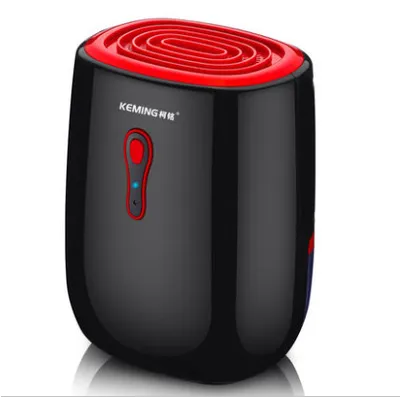
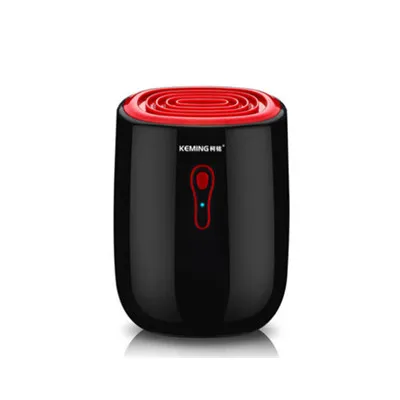
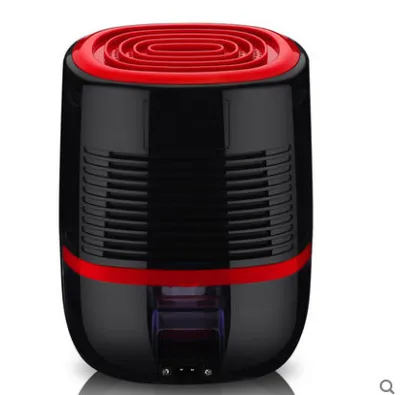
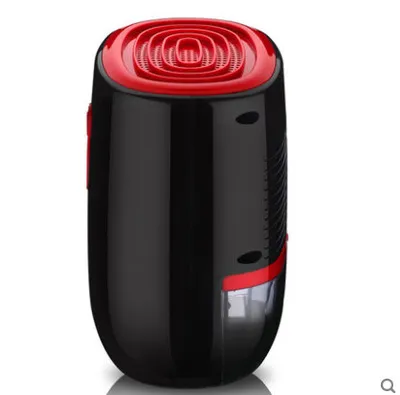
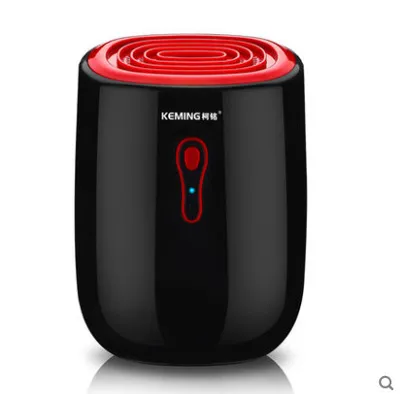
The product may be provided by a different brand of comparable quality.
The actual product may vary slightly from the image shown.
Shop amazing plants at The Node – a top destination for plant lovers



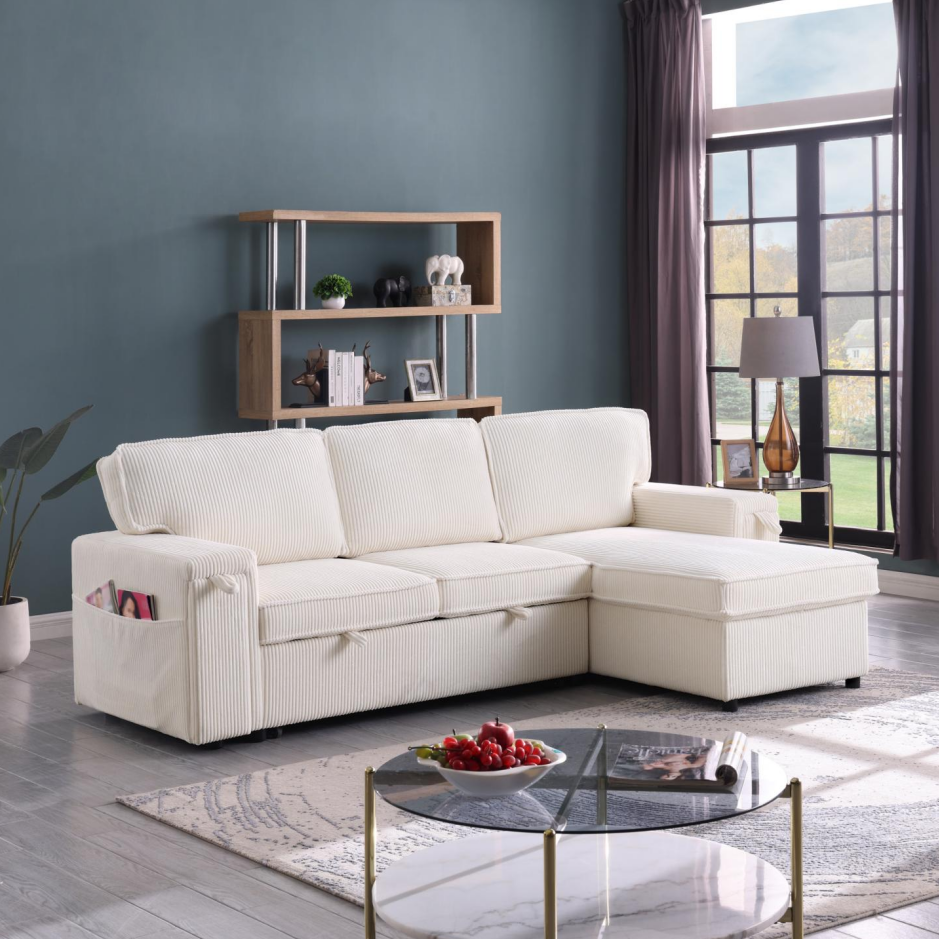
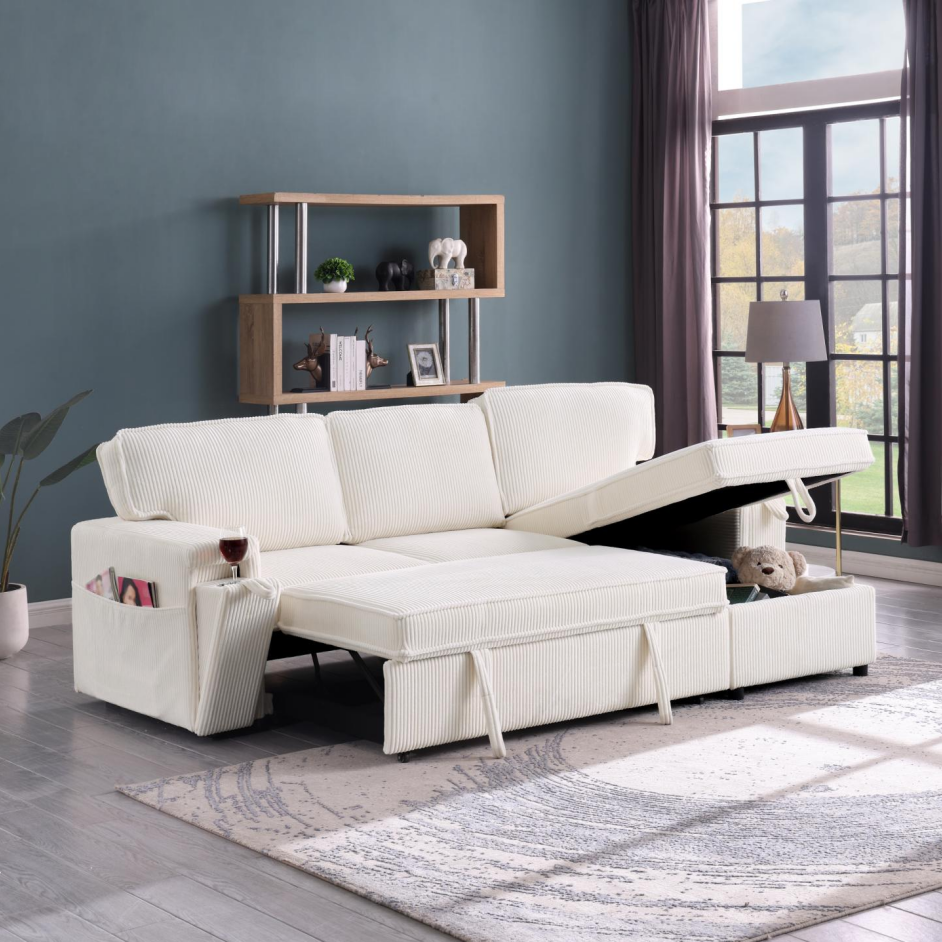
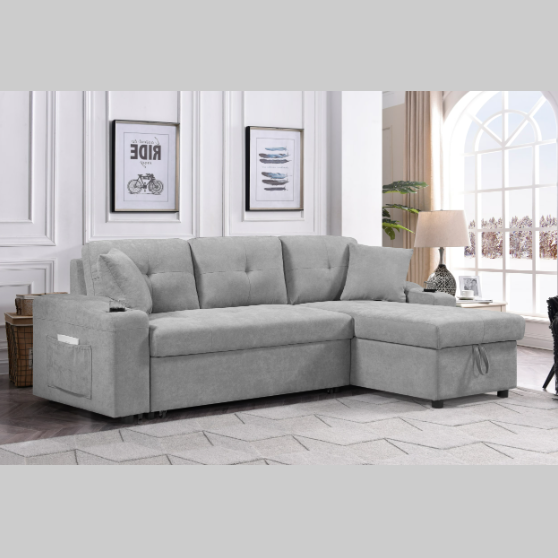
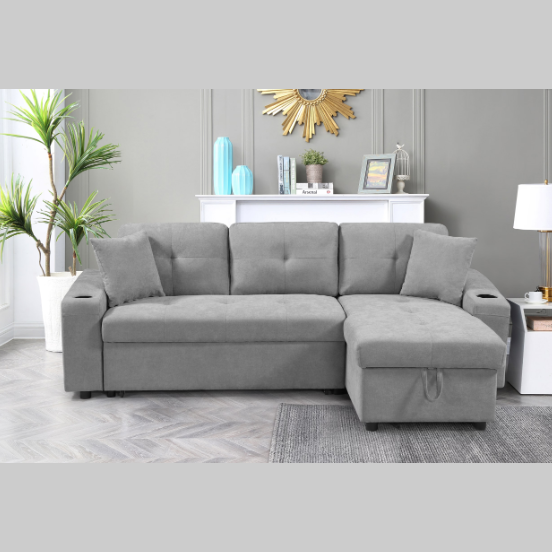


.webp)
.webp)

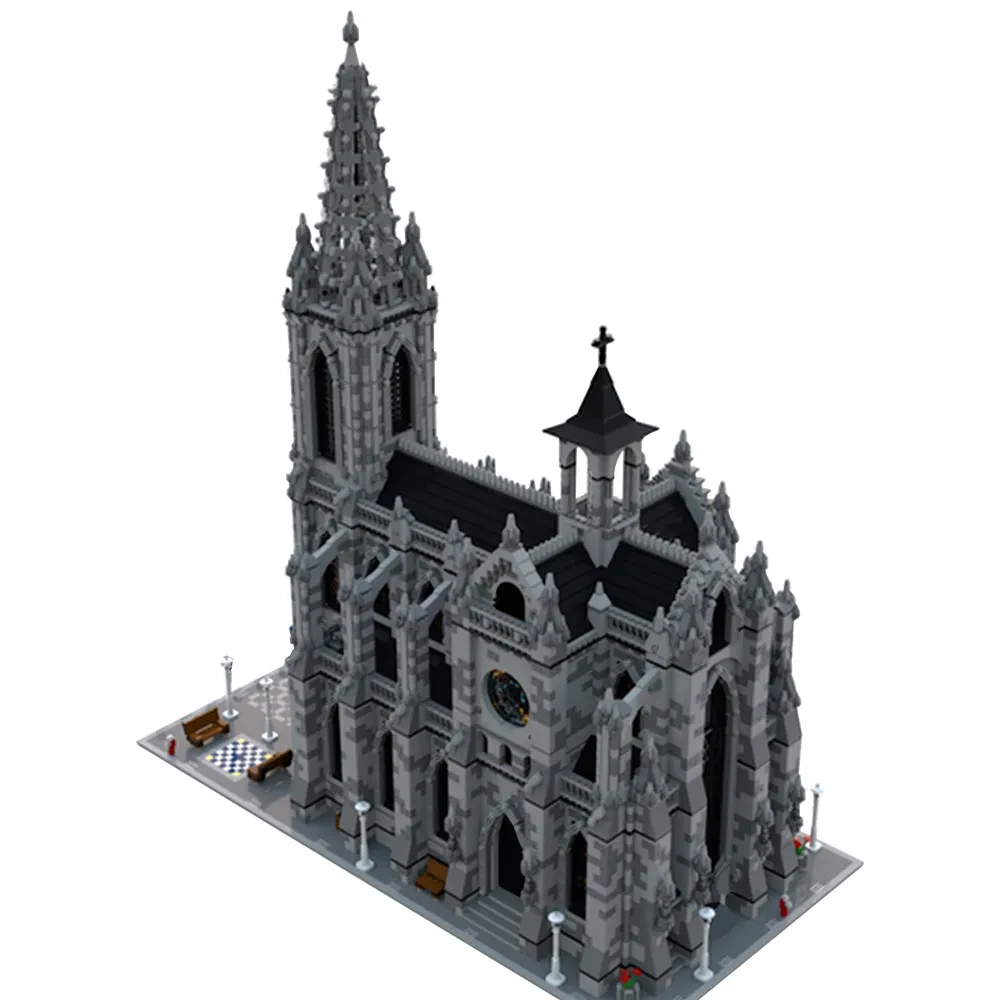


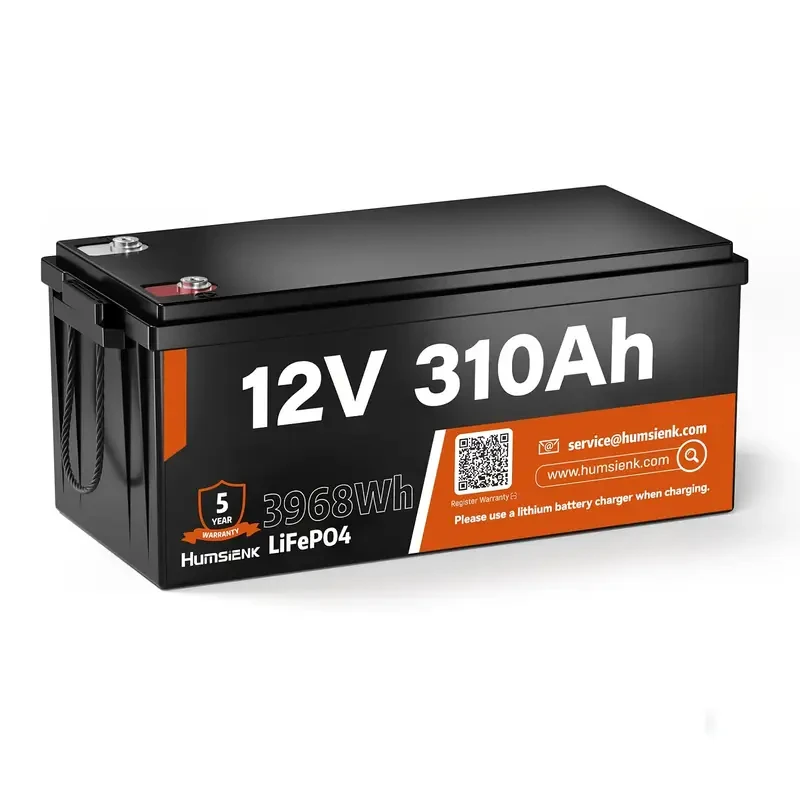
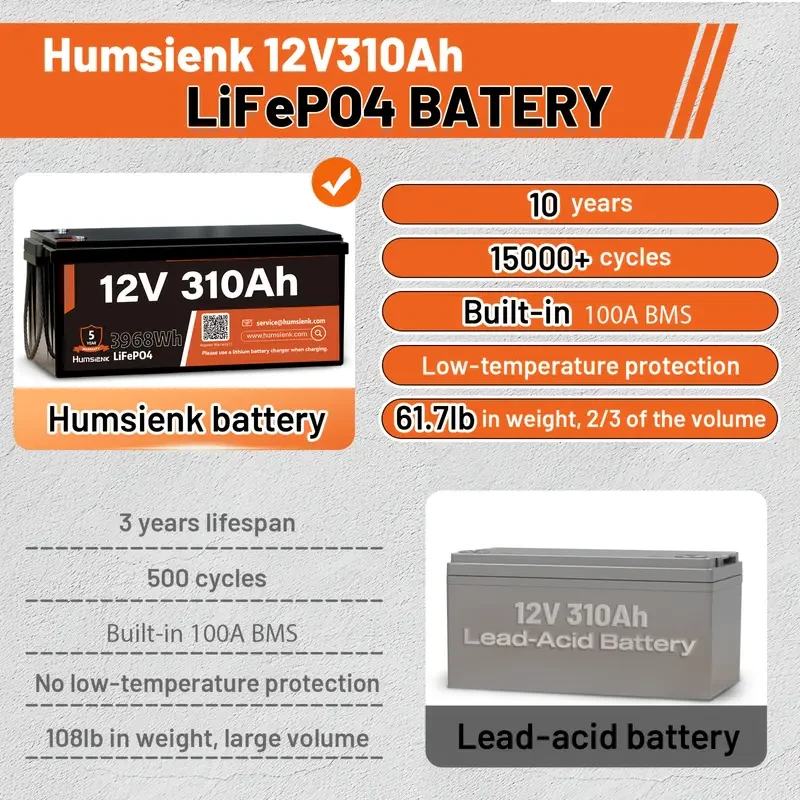


.jpg)









.jpg)





.jpeg)





.jpeg)



.jpeg)








.jpeg)



.jpeg)

.jpeg)

.jpeg)

.jpeg)




.jpeg)
.jpg)

.jpeg)






.jpeg)
.jpeg)




.jpeg)





.jpeg)


.jpeg)

.jpeg)

.jpeg)

.jpeg)







.jpeg)
.jpeg)
.jpeg)





.jpeg)



.jpeg)






.jpg)
.jpeg)









.jpg)


ulva-Logo.jpg)




.jpeg)



.png)















.png)
























